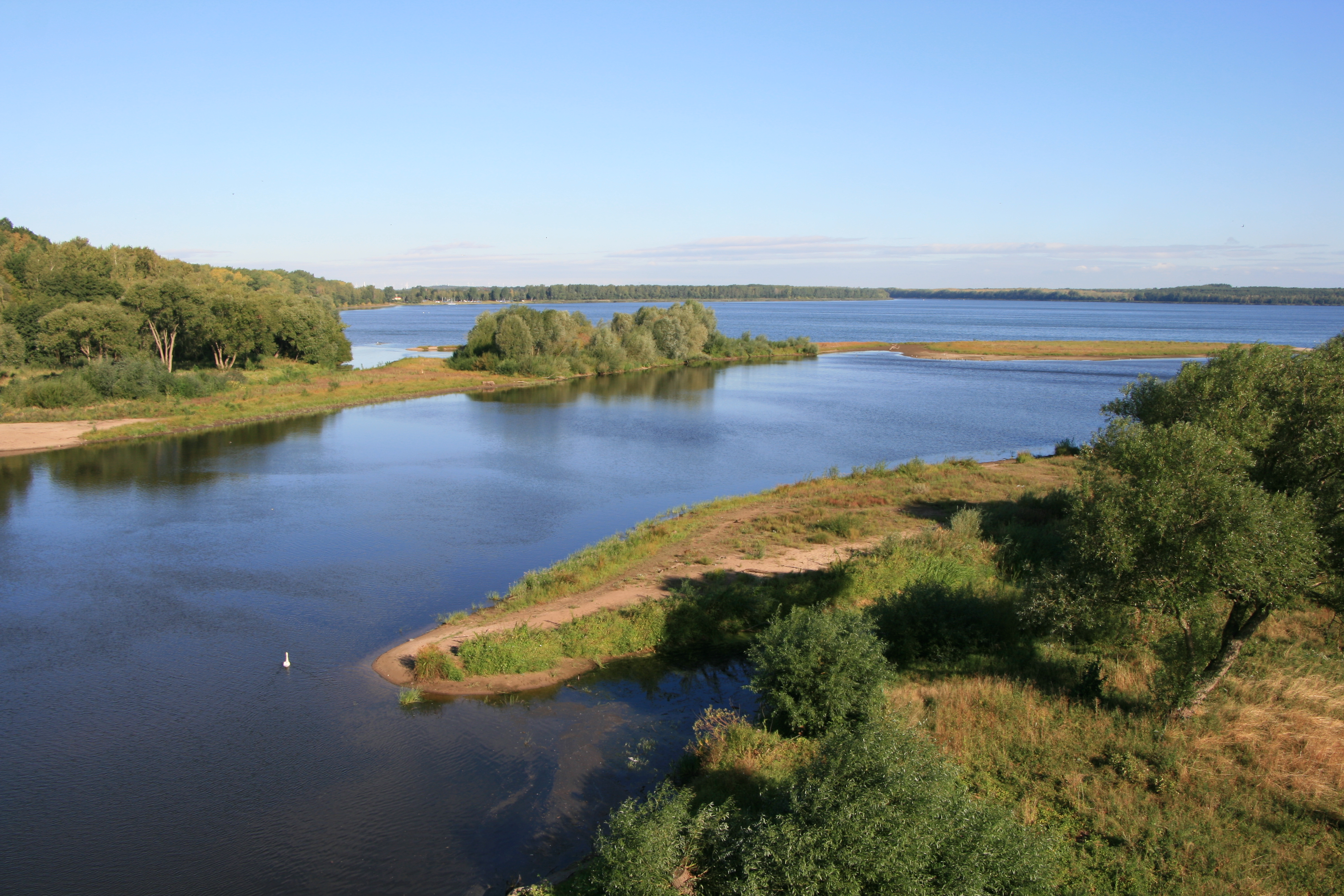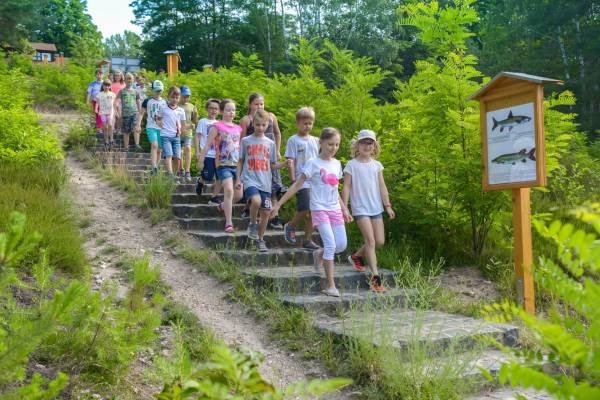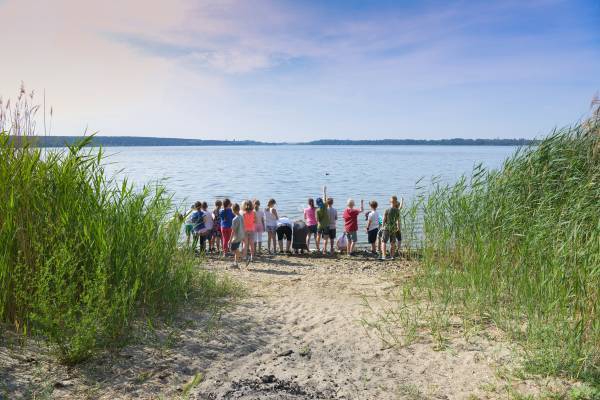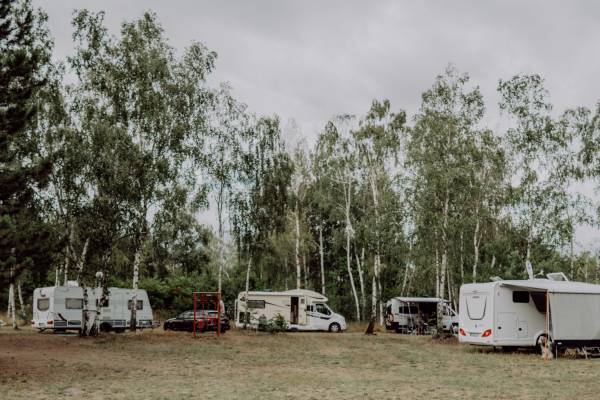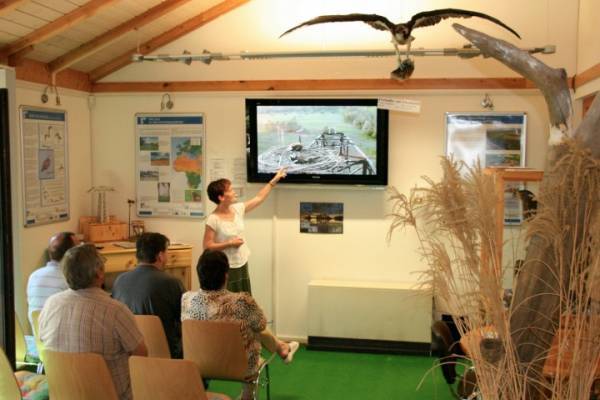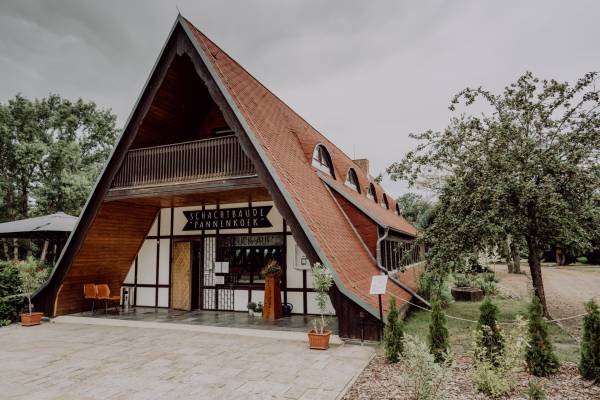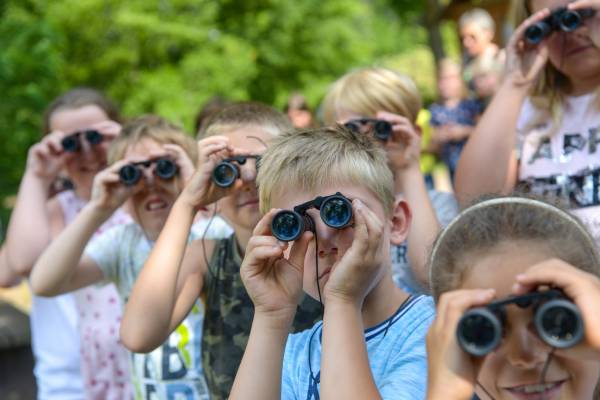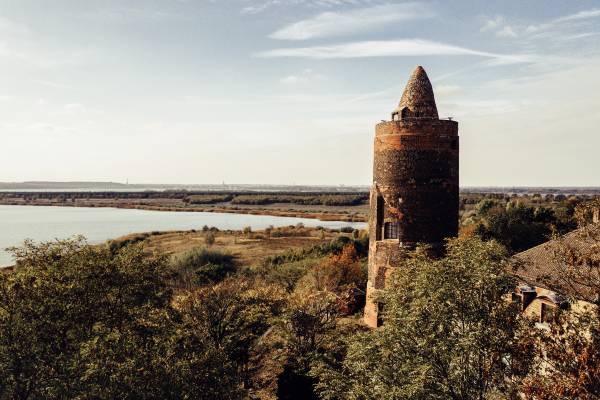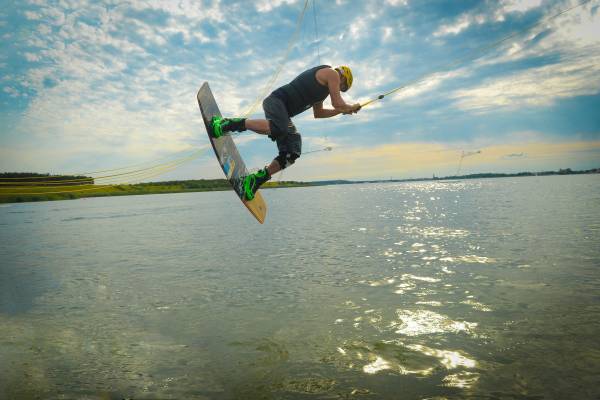Mulde Reservoir
The edge of the Dübener Heide Nature Park today boasts an exciting and valuable biotope along the Mulde reservoir, providing a habitat for rare and endangered species, while both sailors and surfers glide over the lake. The favorable development of the water quality also makes the lake ideal for fishing.
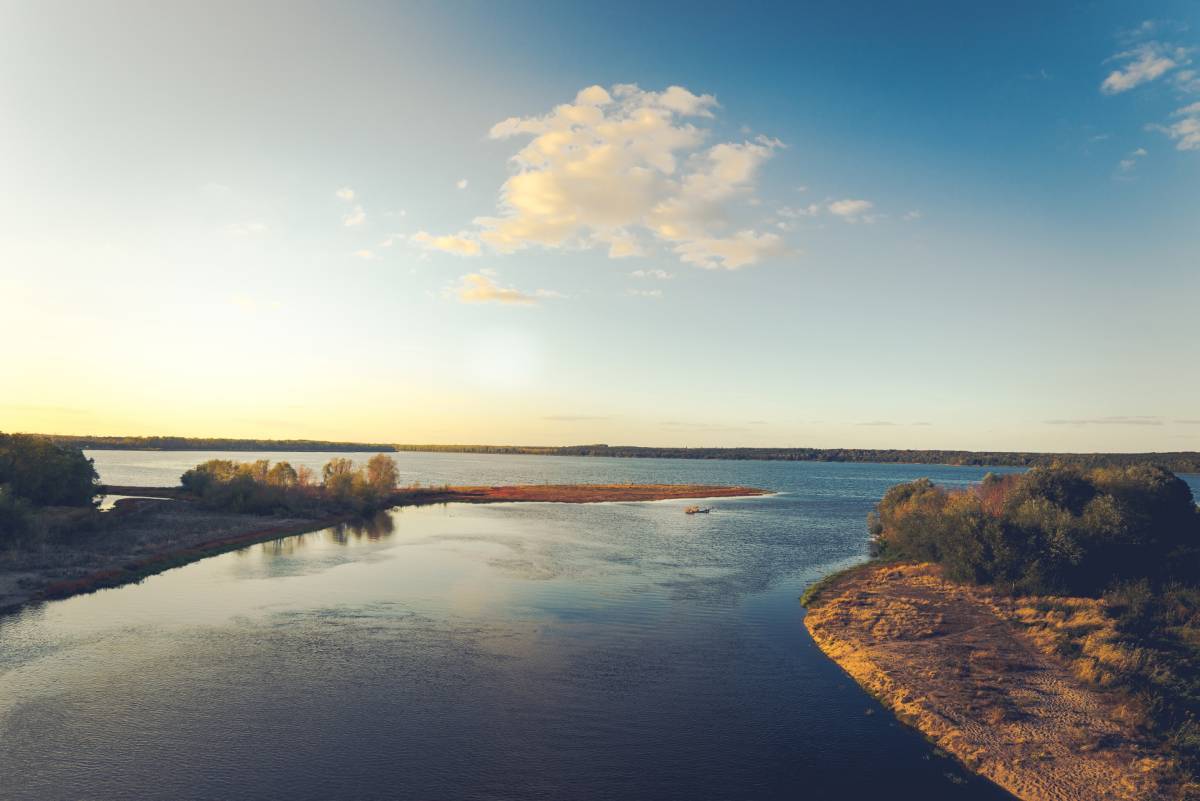
The reservoir, boasting 6.3 square kilometers of water, is a paradise for sports enthusiasts, regularly hosting sailing regattas and competitions for dragon boats, canoes and rowboats. The many cycling and hiking trails around the lake offer a chance to relax, while anglers hope for the next big catch in the lake’s tranquility. With good reason. The Mulde reservoir is popular because of its abundance of pikeperch and catfish. State-of-the-art fish ladders at the inlet (Pouch) and outlet (Friedersdorf) of the reservoir allow fish to cross the reservoir. These are also ideal conditions for salmon, which might soon become common in the Mulde reservoir!
Originally, the area of today’s Muldestausee municipality comprised heath- and wetlands, with the Mulde running through them. Then the excavators came, digging for lignite and leaving behind a lunar landscape. In the 1970s, the Mulde was rerouted (as part of a drive to expand the Goitzsche pit), flooding the Muldenstein pit. Lignite mining in Muldenstein thus gave way to an impressive reservoir created from an inhospitable open pit. Since then, the region has developed into an ideal habitat for many species of animals. Red deer, foxes and beavers live on the shores of the lake, while rare birds of prey such as ospreys, white-tailed eagles and marsh harriers circle above the water.
Nature galore
The Haus-am-See, or house by the lake, on the northern shore of the Mulde reservoir is a place for teaching, education and meetings. Its extensive permanent exhibition tells the story of the reservoir and of its rich fauna and flora. Over 80 prepared animals, a bee hive, petting skins, a butterfly collection and much more give a vivid impression of the rich fauna around and also inside the lake. This is also obvious in the nesting aids and along the barefoot path just outside the house. With a little help from a live cam, visitors can even experience the nest of the osprey living nearby. The live footage is supplemented by exciting recordings from past years.
Next to the Haus-am-See, the Heidecamp Schlaitz is a popular camping and leisure facility offering pitches, bungalows and rental apartments. The restaurant "Schachtbaude Pannenkoek" offers a wonderful view of the reservoir from its large sun deck.
The Mulde reservoir in numbers
Water surface: 605 ha
Volume: approx. 110 million m³, total volume, approx. 15 million m³ in the reservoir area
Length (shoreline): 17 km
Max. depth: 30 m
Water level: approx. +79 m NHN (normal water level)
Open pit mining: 1954-1975
Flooding/Renaturation: 1975-1976 (flooded by the Mulde)
